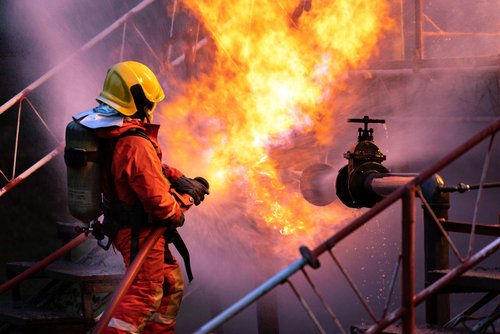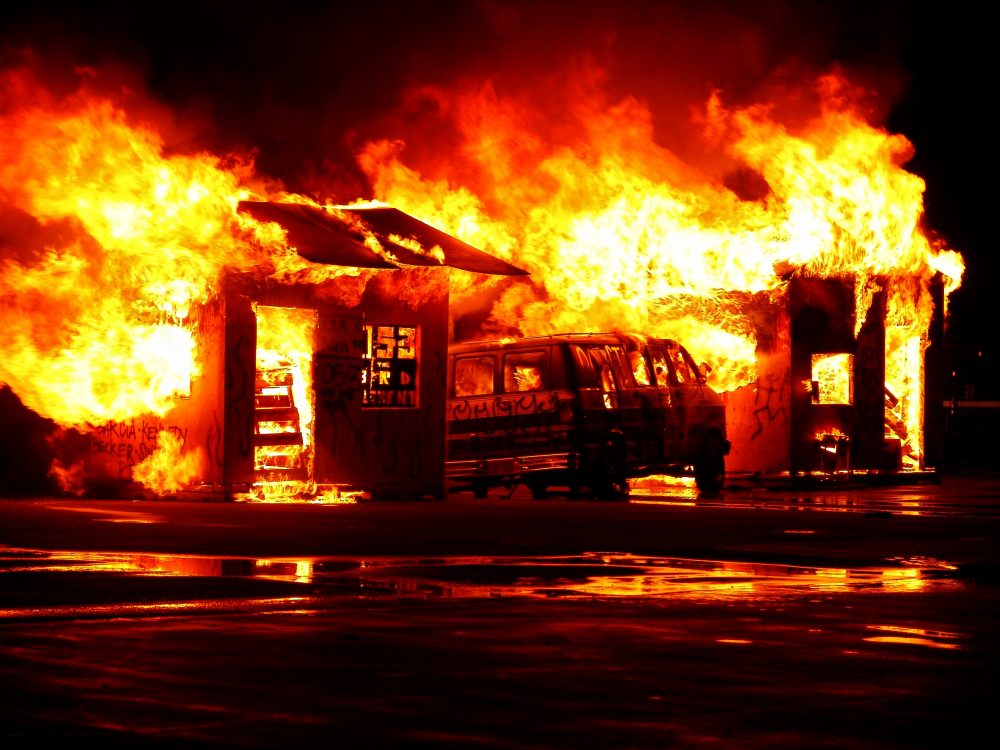Following improper DSEAR compliance, a manufacturer in Scotland has been fined £80,000. This is after a worker died following an industrial explosion.
The man, aged 64, was carrying out a routine asbestos survey when the explosion happened. Suffering burns to a third of his body, he later died in hospital following complications which lead to sepsis.
An HSE investigator found that the switch room where the man was working was not in an ‘appropriate condition’. According to the HSE, the switch panels did not have warning labels indicating they were energised with electricity.
The HSE also reported that there was no warning of electrical danger on the internal doorway. In addition to the door itself also being missing.
The Scotland based asbestos company pleaded guilty to a health and safety breach in court. What’s more, the HSE stated that the incident could have been avoided if the right DSEAR ‘control measures and safe working practices’ were followed followed.
Industrial explosion and DSEAR regulations
Compliance with the Dangerous Substances and Explosive Atmospheres Regulations 2002 (DSEAR) requires employers to keep workers safe from the risks of fire, explosions and substances corrosive to metals.
Avoiding safety precautions and regulations could almost certainly land any business in hot water at some point. And the HSE warn that they won’t fail to take appropriate action to businesses who fall short of their legal responsibilities.
Fires and explosions can have long-term physical effects such as second and third degree burns, and in extreme cases, death. Therefore, it is essential for businesses where the risk of fire and explosions are common, to conduct regular DSEAR risk assessments.
What is a DSEAR risk assessment?
A DSEAR risk assessment helps employers identify and examine:
- Dangerous substances in the workplace
- Work activities involving those substances,
- The ways in which both substances and activities can harm workers, as well as members of the public
DSEAR risk assessments involve classifying substances as either hazardous or non-hazardous, and deciding on controls to put in place to safeguard health. The process can help to identify the risks associated with workstations, and other areas where there may be risk.
What’s more, identifying risks is the only way to help prevent them!
Preventing the risk of industrial explosion
Applying prevention techniques to comply with DSEAR Regulations helps businesses with their legal responsibilities. The HSE state that DSEAR risk assessments should be done at least every 5 years, and sometimes more often in the event of changes to the workspace.
Risk assessments should only be carried out by competent and knowledgeable technicians who have been trained to spot the potential for fire and other types of industrial explosion.
Complying with DSEAR and preventing the risk of industrial explosion comes down to the following steps as outlined in HSE DSEAR regulations:
- Assess risks
- Take steps to prevent or control risks – This means proper signposts and/or labelling that can alert workers to potential risks
- Control measures – Aim to reduce exposure to risk
- Mitigation
- Preparing emergency plans and procedures – If the worst happens, you need to have a strategy for managing this.
- Providing information, instruction and training for employees.
- Places where explosive atmospheres may occur (‘ATEX’ requirements)
Got Questions?
We are here to help. If you need a DSEAR risk assessment, our trained technicians will guide you through every step of the process from first call to final reports. You can contact us on 0845 004 2133, email enquiries@safetyfirstgroup.co.uk or contact us here for more information.




